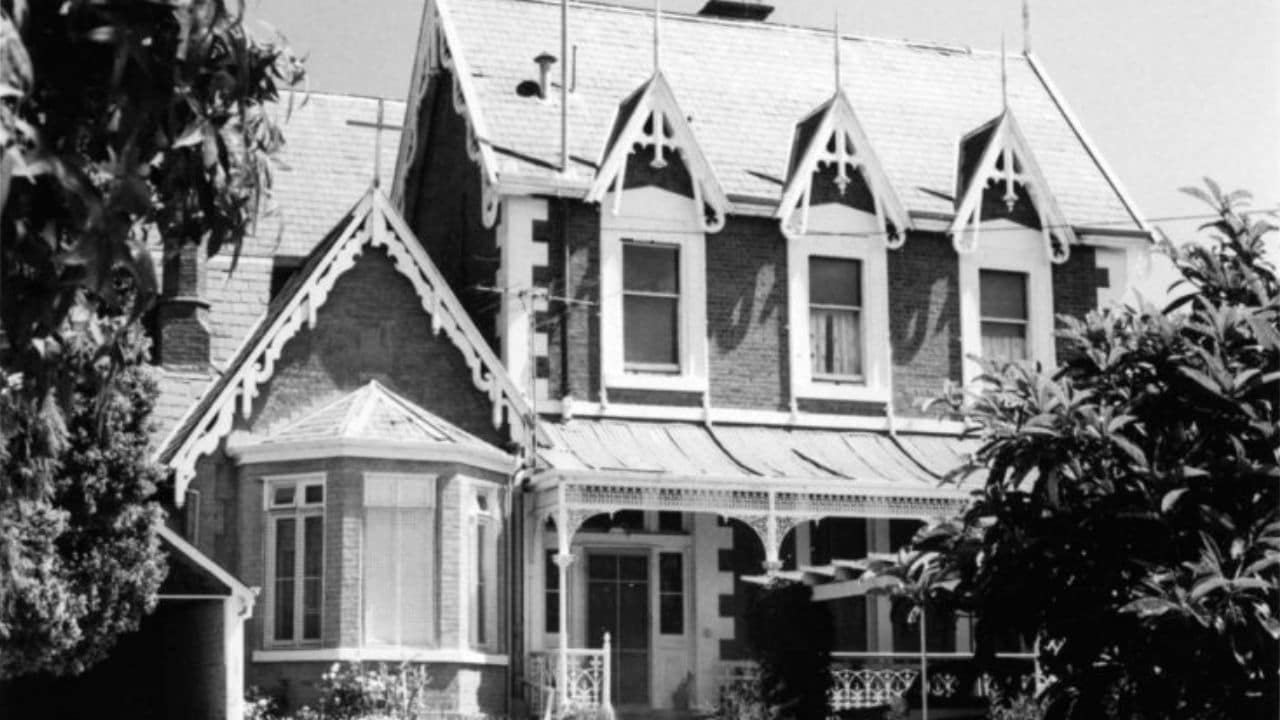Many people search for historical orphanage homes in the Northern Territory not just for research, but also to connect with family history, explore heritage sites, or understand the social services landscape of earlier decades.
This list brings together nine notable children’s homes and related institutions that once operated in Darwin, Alice Springs, and other NT communities, complete with location details, known features, and historical context.
Disclaimer: Information on these sites, including accessibility, features, and current use, may differ from what’s listed here. Always verify details or contact relevant local authorities before visiting.
1. Chinnery Family Home – Long term Family Style Care in Stuart Park

Built to offer a homelike environment, Chinnery Family Home opened in 1968 and was designed for small group care under the supervision of cottage parents.
It ran into the early 1990s, and the building still stands as a reminder of Darwin’s child welfare system.
Contact & Location
- Chinnery Family Home, Henry Street, Stuart Park, NT 0820 (near Stuart Park Primary School)
- Chinnery Family Home history page
Opening Hours
| Day | Hours |
|---|---|
| Monday | Closed |
| Tuesday | Closed |
| Wednesday | Closed |
| Thursday | Closed |
| Friday | Closed |
| Saturday | Closed |
| Sunday | Closed |
Key Features
While no longer operational, this home was noted for:
- Family style care in a residential setting
- Capacity for up to nine children
- Onsite carers living with the children
Visitors often ask whether the building is still accessible while it’s privately owned, the exterior can be viewed from the street for heritage interest.
Why It’s Notable
Its cottage model and long standing operation represent a significant shift from large institutional care to smaller, more personal environments in the NT. Ideal for those in Stuart Park tracing welfare history.
2. Bunyip House – Care for Children with Disabilities in Rapid Creek
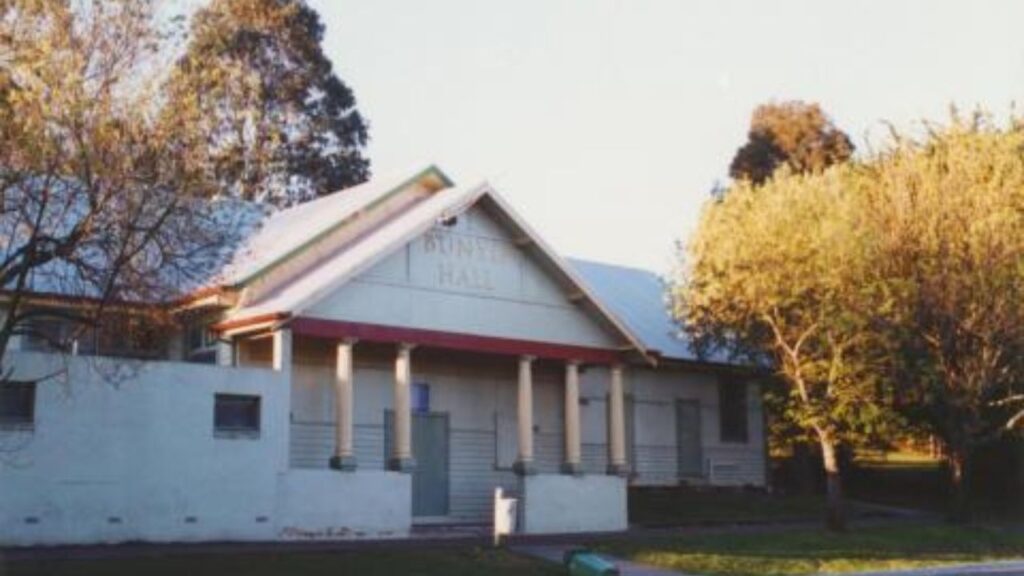
Opening in 1981, Bunyip House offered specialised residential care for children with disabilities.
Though its operational period was short, it was a rare example of purpose built disability support in Darwin’s northern suburbs.
Contact & Location
- Bunyip House, 37 Trower Road, Rapid Creek, NT 0810 (close to Rapid Creek Markets)
- Bunyip House archival record
Opening Hours
| Day | Hours |
|---|---|
| Monday | Closed |
| Tuesday | Closed |
| Wednesday | Closed |
| Thursday | Closed |
| Friday | Closed |
| Saturday | Closed |
| Sunday | Closed |
Special Facilities:
- Therapy room for rehabilitation activities
- Swimming pool for therapy and recreation
People sometimes wonder if the pool still exists archival references confirm it was part of the property during operation, but current status is unknown.
Community Significance
Specialised disability facilities in the early 1980s were rare in the NT, making this site significant for understanding inclusive care efforts. A local point of interest near Rapid Creek foreshore.
3. Darwin Youth Refuge – Emergency Housing for Teenagers
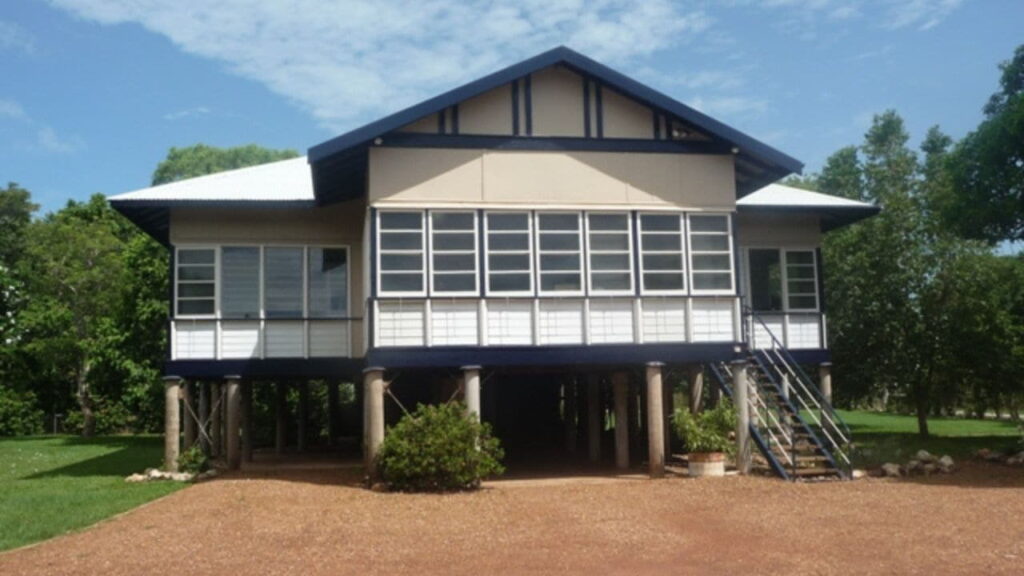
Run by the YWCA from 1978, this refuge provided short term housing for up to 14 teenagers in crisis, including those experiencing homelessness or family breakdowns.
Contact & Location
- Darwin Youth Refuge, 2 Kahlin Avenue, Myilly Point, NT 0820 (near Darwin Botanic Gardens)
- Darwin Youth Refuge information
Opening Hours
| Day | Hours |
|---|---|
| Monday | Closed |
| Tuesday | Closed |
| Wednesday | Closed |
| Thursday | Closed |
| Friday | Closed |
| Saturday | Closed |
| Sunday | Closed |
Services Provided:
- Crisis accommodation for teenagers
- Support programs managed by trained youth workers
A frequent query is whether the building still operates under a different service. While the refuge closed in the 1980s, the address now hosts other community-related facilities.
Why It Was Important
It served as a vital safety net for young people during a turbulent period in Darwin’s post-Cyclone Tracy recovery. Close to Mindil Beach, making it part of local heritage mapping.
4. Retta Dixon Home – Landmark in Aboriginal Child Welfare History
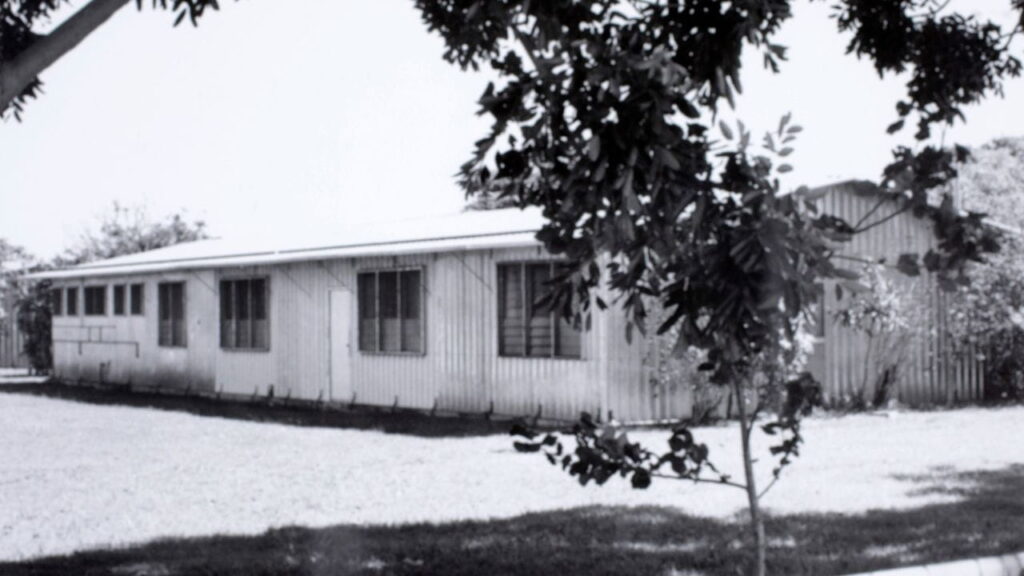
From 1946 to 1982, Retta Dixon Home was operated by the Aborigines Inland Mission within the Bagot Aboriginal Reserve.
Many residents were members of the Stolen Generations. Today, the site is Karu Park, with a memorial plaque acknowledging its history.
Contact & Location
- Former Retta Dixon Home, Bagot Road, Karu Park, Darwin, NT 0820 (near Bagot Community)
- Retta Dixon Home history
Opening Hours
| Day | Hours |
|---|---|
| Monday | Open 24 hrs |
| Tuesday | Open 24 hrs |
| Wednesday | Open 24 hrs |
| Thursday | Open 24 hrs |
| Friday | Open 24 hrs |
| Saturday | Open 24 hrs |
| Sunday | Open 24 hrs |
Key Features:
- Public memorial plaque
- Accessible park space
- Historical interpretation signage
Visitors often ask if any original buildings remain they do not, but the memorial serves as a physical point of reflection.
Historical Relevance
It stands as a key site in Stolen Generations history, fostering reflection and reconciliation. Ideal for visitors near Bagot Road seeking insight into Aboriginal child welfare.
5. Griffiths House – Hostel for Remote Students in Alice Springs
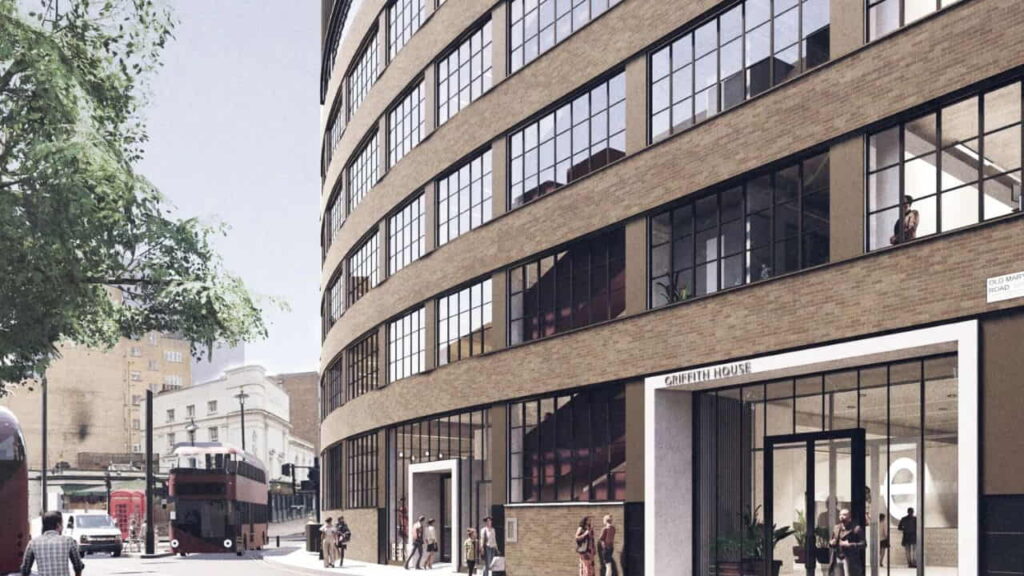
Operating from 1945 to 1965, Griffiths House provided boarding accommodation for children from remote NT communities so they could attend school in Alice Springs.
More than 700 children stayed here during its 20 years, making it a central hub for education access in the region.
Contact & Location
- Griffiths House, Bath Street, Alice Springs, NT 0870 (near Todd Mall)
- Griffiths House historical profile
Opening Hours
| Day | Hours |
|---|---|
| Monday | Closed |
| Tuesday | Closed |
| Wednesday | Closed |
| Thursday | Closed |
| Friday | Closed |
| Saturday | Closed |
| Sunday | Closed |
Key Features:
- Residential dormitories for students
- Meals and pastoral care
- Proximity to local schools in Alice Springs
People often ask whether the original building still exists the site has been repurposed, but its location remains identifiable for heritage tours.
Why It’s Worth Knowing
Its role in enabling education for remote children was groundbreaking for the time, helping bridge distance barriers in the NT. A local heritage reference point in central Alice Springs.
6. St. Mary’s Hostel – Mission Hostel for Aboriginal Children
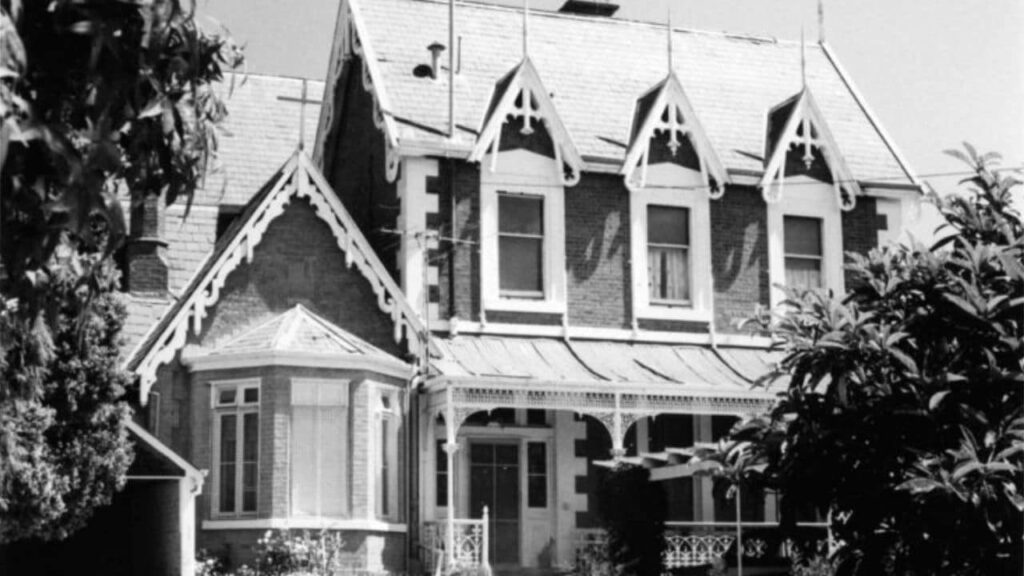
From 1947 to 1972, St. Mary’s Hostel housed Aboriginal children, many from the Stolen Generations, and later transitioned into a children’s village until 1980.
It was run by the Anglican Church and known for integrating care with religious education.
Contact & Location
- St. Mary’s Hostel, South Terrace, Alice Springs, NT 0870 (near Todd River)
- St. Mary’s Hostel record
Opening Hours
| Day | Hours |
|---|---|
| Monday | Closed |
| Tuesday | Closed |
| Wednesday | Closed |
| Thursday | Closed |
| Friday | Closed |
| Saturday | Closed |
| Sunday | Closed |
Key Features:
- Hostel accommodation for Aboriginal children
- Religious and educational programs
- Community integration activities
A common question is whether it still serves children today it does not, but some structures and murals remain.
Notable Aspects
Its mission-run model combined care with education, shaping generations of children from central Australia. Close to Todd River, it’s easily found by visitors exploring Alice Springs’ heritage sites.
7. The Bungalow – Early Institution for Stolen Generations
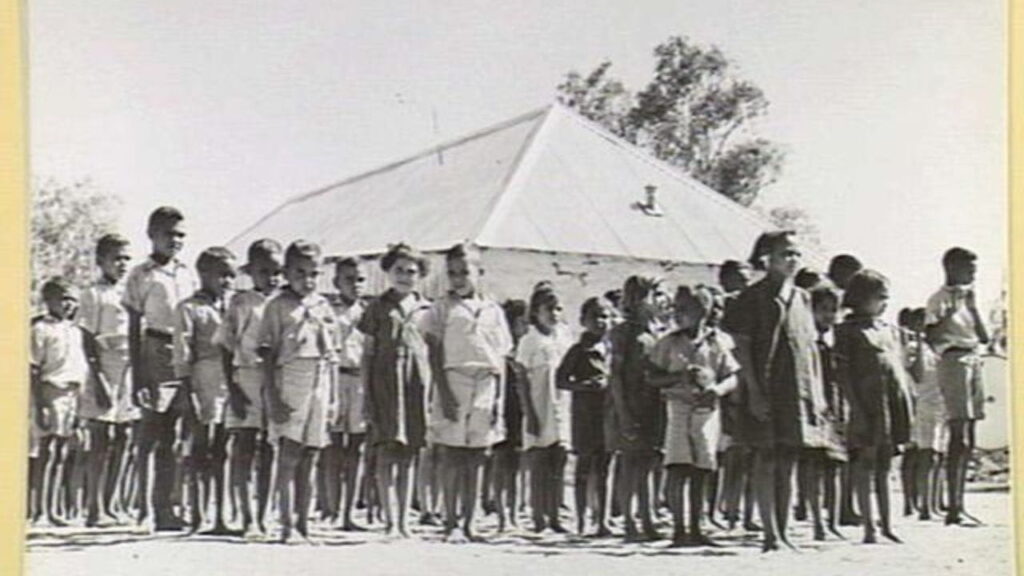
Dating back to 1914, The Bungalow moved locations several times, including the Alice Springs Telegraph Station and Jay Creek.
It primarily housed Aboriginal children taken from their families, making it a significant and often confronting site in Australian history.
Contact & Location
- The Bungalow, Alice Springs Telegraph Station, NT 0870 (heritage-listed site)
- The Bungalow heritage entry
Opening Hours
| Day | Hours |
|---|---|
| Monday | Open 24 hrs |
| Tuesday | Open 24 hrs |
| Wednesday | Open 24 hrs |
| Thursday | Open 24 hrs |
| Friday | Open 24 hrs |
| Saturday | Open 24 hrs |
| Sunday | Open 24 hrs |
Key Features:
- Heritage-listed buildings
- Historical interpretation displays
- Public access for guided and self-guided tours
Visitors sometimes ask if there’s an entry fee the telegraph station site may charge a small fee for full access, but the grounds can be visited.
Why It Matters
A central site in the Stolen Generations story, The Bungalow is an essential stop for understanding NT’s social history. An important stop for heritage tours near Alice Springs Telegraph Station.
8. Pine Creek Home – Short-lived Boys’ Home in Pine Creek
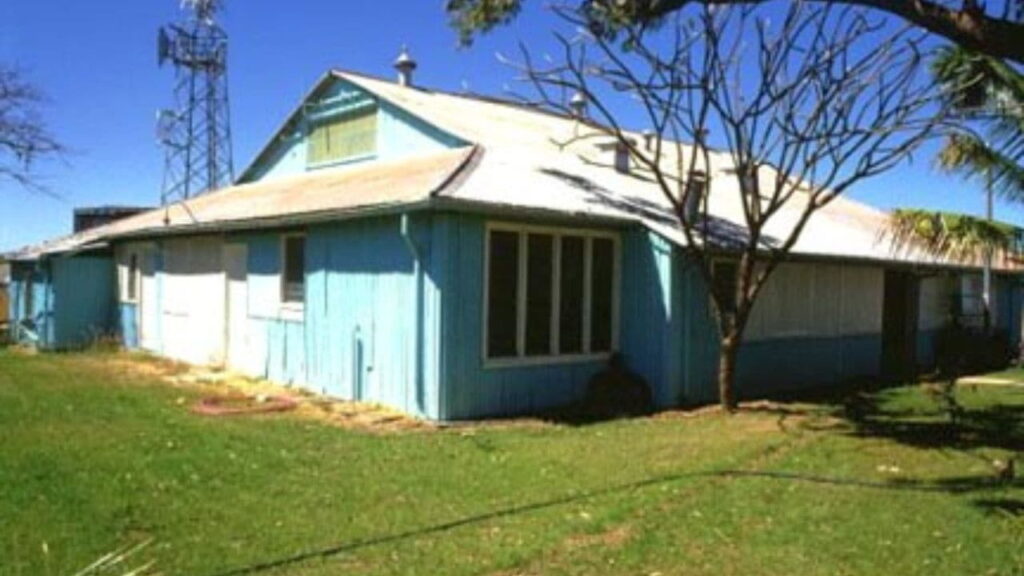
Operating briefly from 1931 to 1933 and again in the 1940s, Pine Creek Home was established to relieve overcrowding in other facilities and serve as wartime evacuation housing for boys.
Contact & Location
- Pine Creek Home, Pine Creek, NT 0847 (near Pine Creek Railway Precinct)
- Pine Creek Home summary
Opening Hours
| Day | Hours |
|---|---|
| Monday | Closed |
| Tuesday | Closed |
| Wednesday | Closed |
| Thursday | Closed |
| Friday | Closed |
| Saturday | Closed |
| Sunday | Closed |
Key Features:
- Accommodation for boys from remote communities
- Emergency relocation site during WWII
Locals sometimes wonder if any remains are visible no original buildings are left, but the site is part of Pine Creek’s heritage landscape.
Historical Significance
A rare example of a small, temporary welfare facility in the NT, tied closely to wartime movements. Situated in Pine Creek township, ideal for those exploring the region’s mining history.
9. Receiving Home, Darwin – State Care Intake Centre
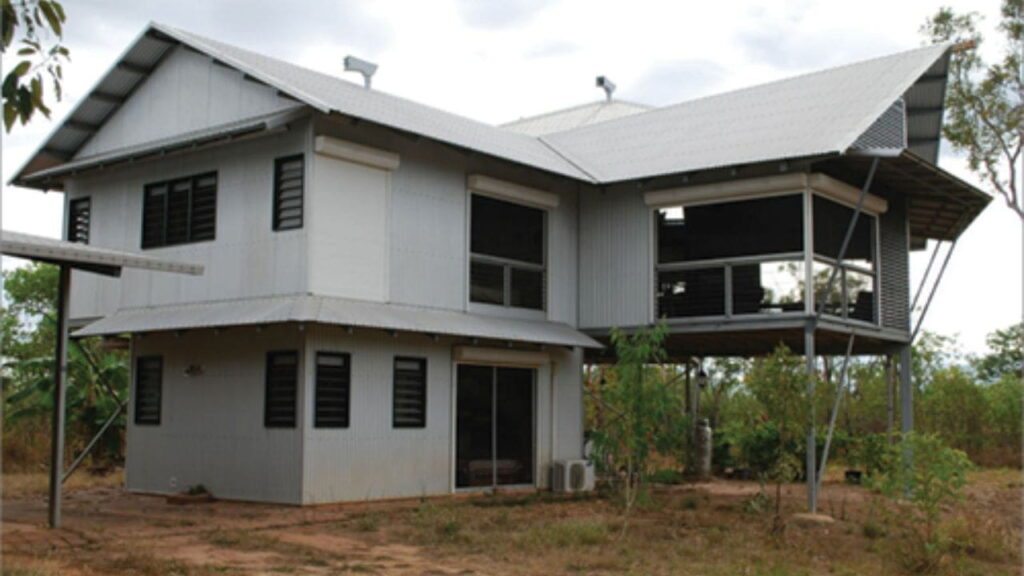
From 1957 to 1961, this facility on Mitchell Street served as the initial intake point for children entering state care before being placed in other homes or foster arrangements.
Contact & Location
- Receiving Home, 58 Mitchell Street, Darwin, NT 0800 (near Bicentennial Park)
- Receiving Home Darwin details
Opening Hours
| Day | Hours |
|---|---|
| Monday | Closed |
| Tuesday | Closed |
| Wednesday | Closed |
| Thursday | Closed |
| Friday | Closed |
| Saturday | Closed |
| Sunday | Closed |
Key Features:
- Temporary accommodation for children entering care
- Staffed by government appointed carers
A frequent question is whether the building still exists the original structure has been replaced by later developments.
Why It’s Notable
A key part of NT’s mid-20th century child welfare system, offering a brief but essential service. Convenient for heritage trail enthusiasts in Darwin CBD.
Final Notes for Local Readers
If you’re exploring the Northern Territory’s history whether for research, family connection, or personal curiosity these former orphanages and children’s homes paint a vivid picture of how communities once cared for kids in remote Australia.
While many no longer operate, their locations and stories remain part of the NT’s cultural and social fabric.
Information on this page may differ from present day reality, especially as some sites have been repurposed or redeveloped.
If you’re planning a visit or need official confirmation, it’s always best to contact the listed organisation or check through their official heritage records before you go.
When searching “orphanage near me” in the NT, remember that most active facilities today operate under very different models, focusing on modern foster care and community based programs.
These heritage sites are more about preserving history than providing current services but they still offer a powerful connection to the past for anyone standing on the same ground where these children once lived.
